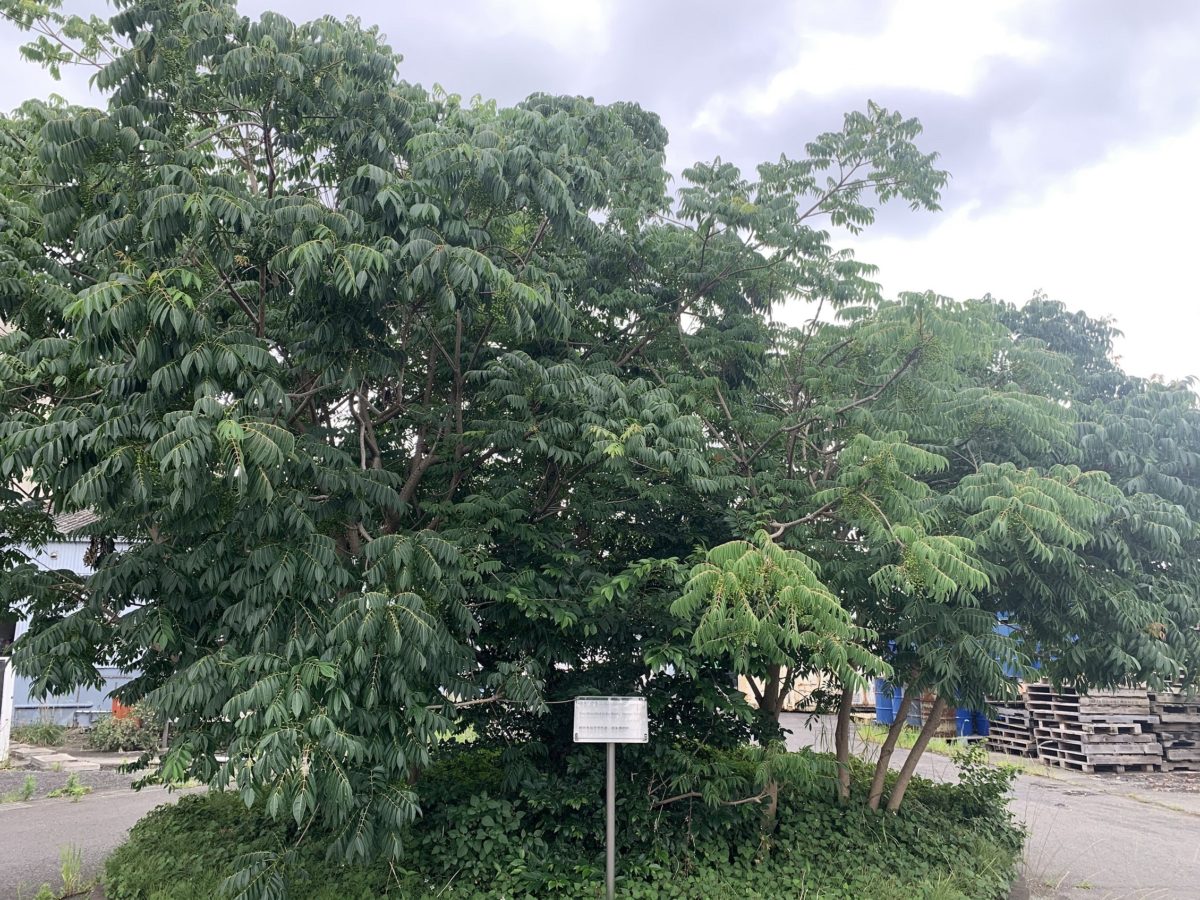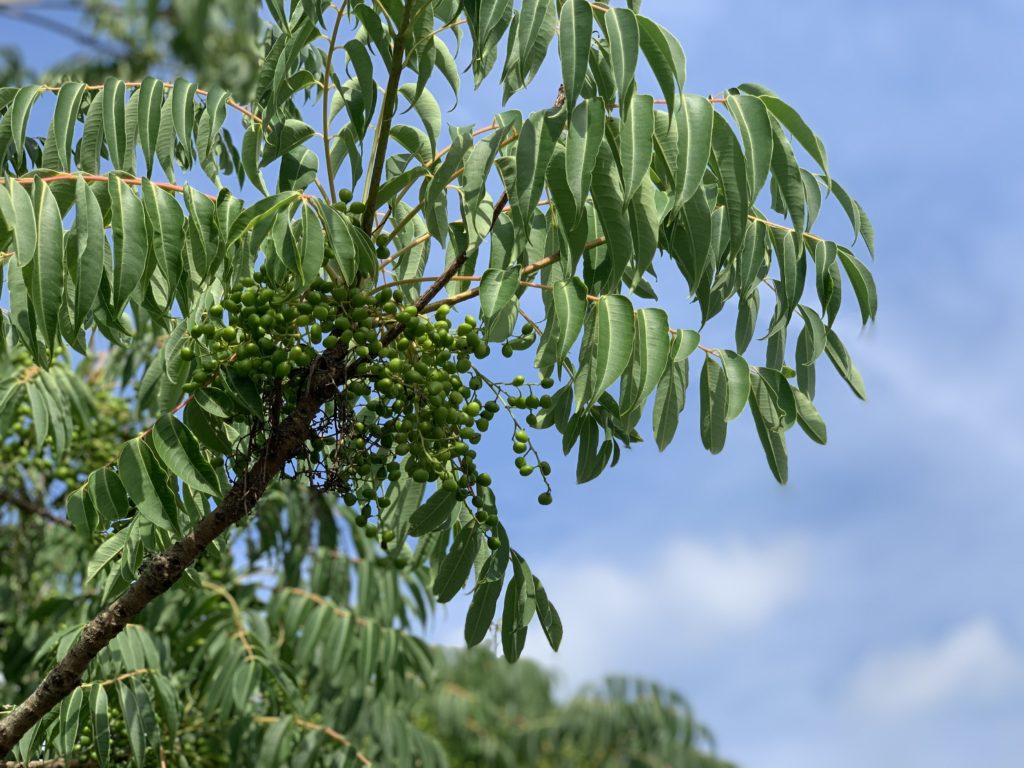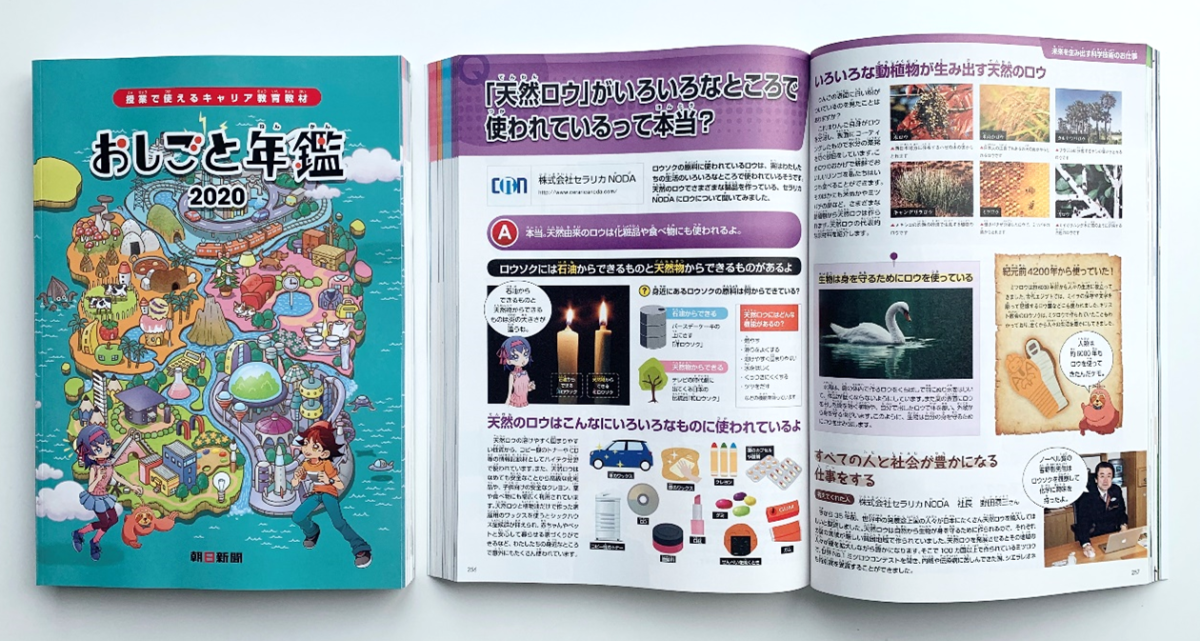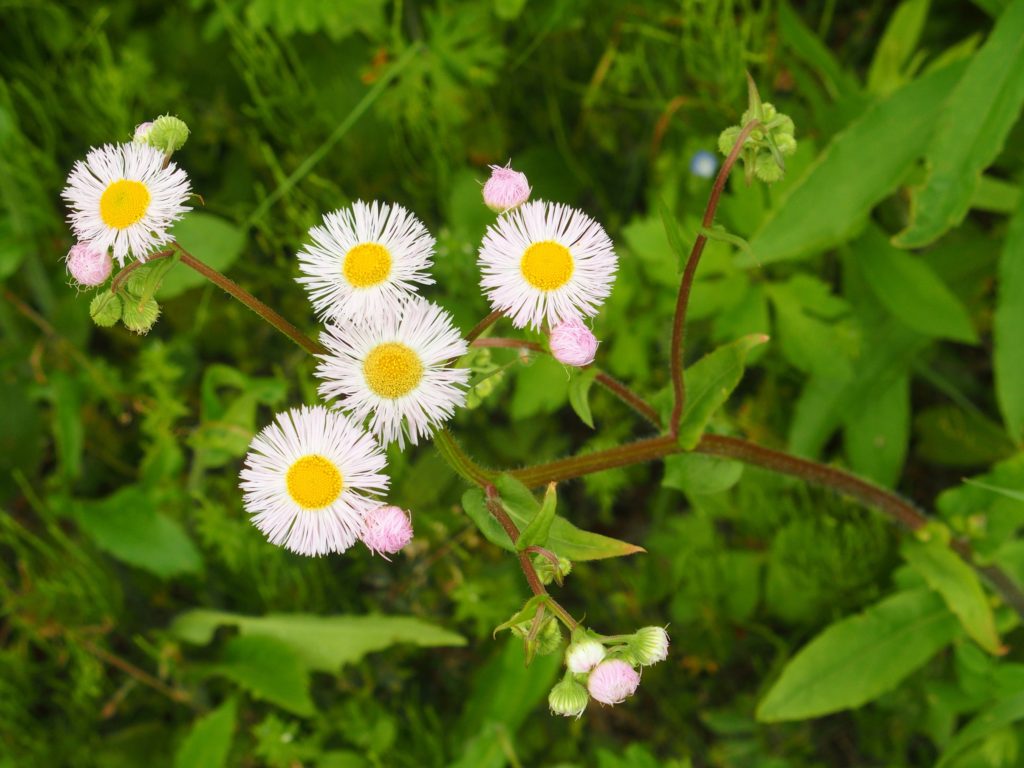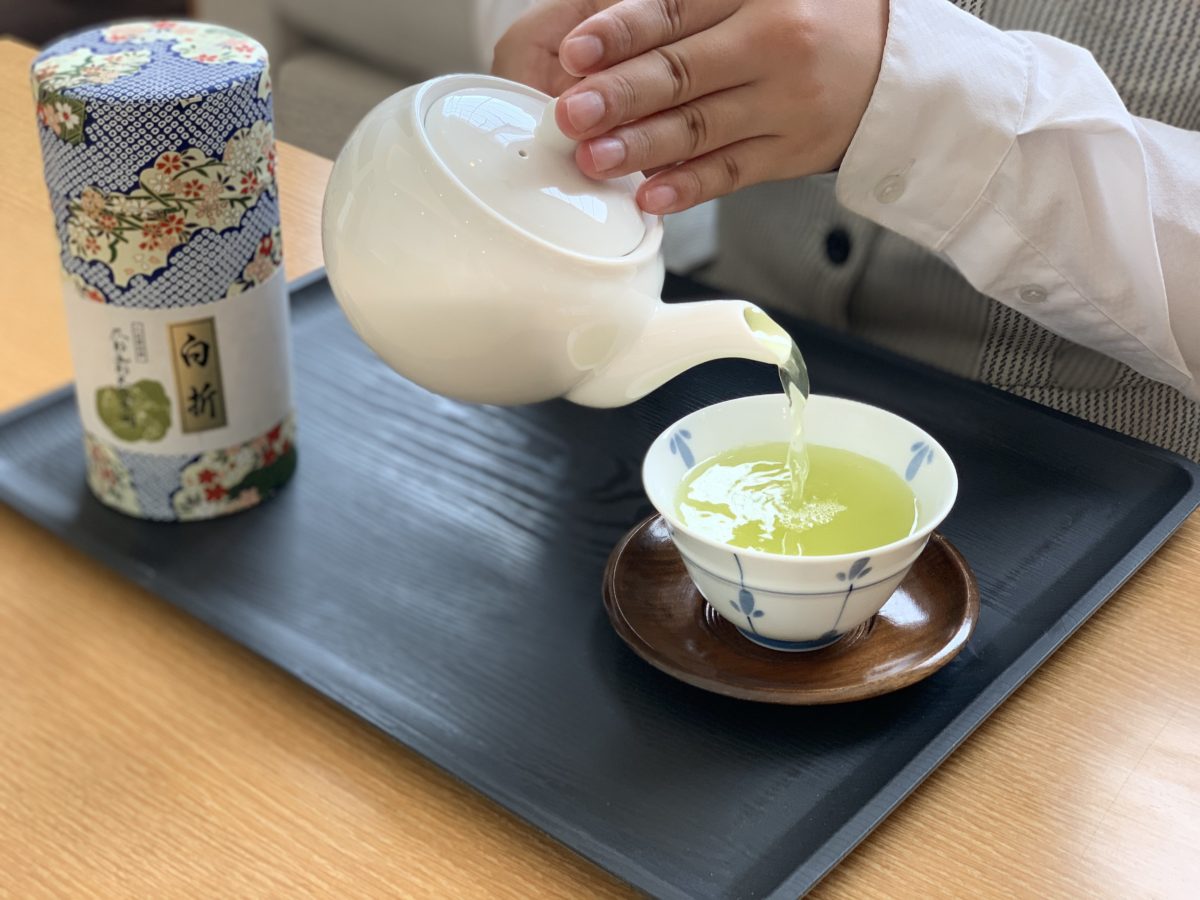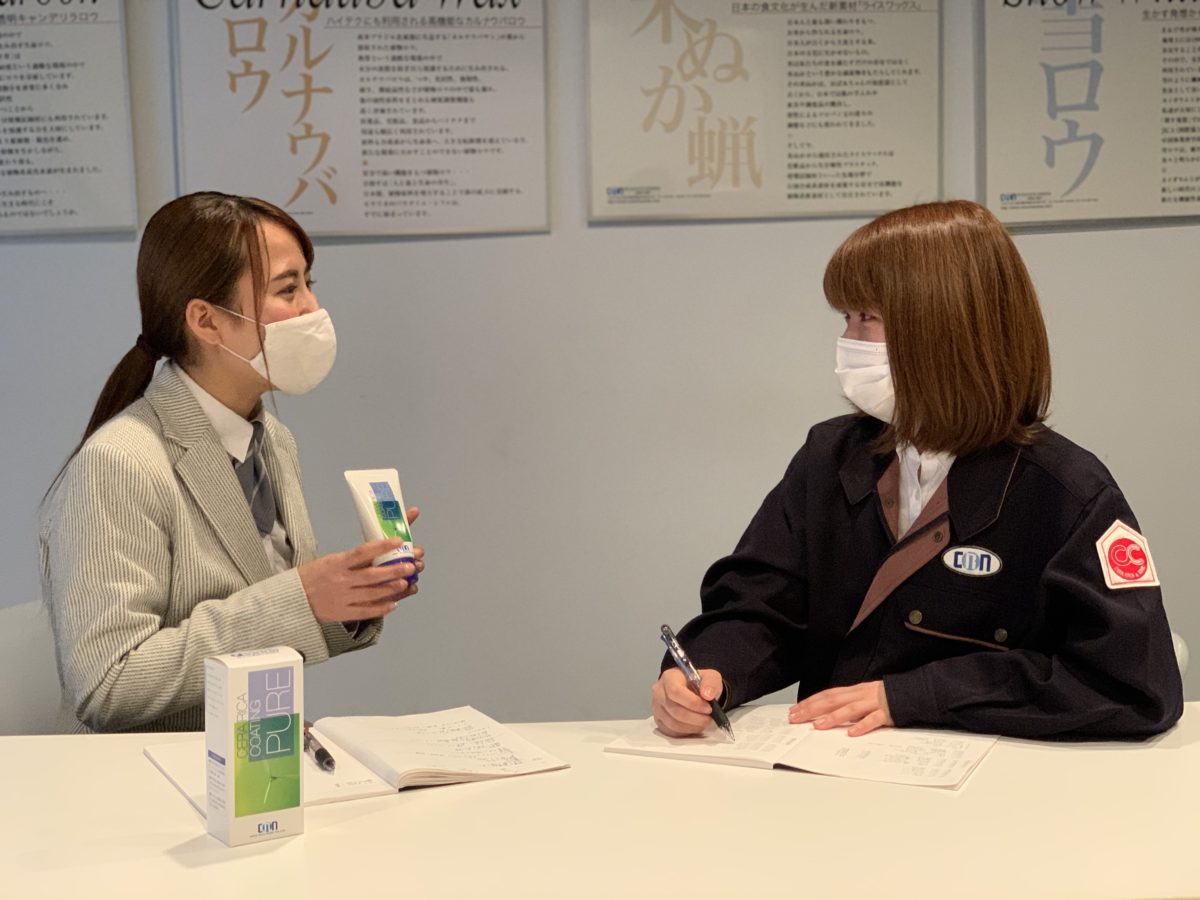What is Japanese candle?
Japan wax extracted from goby fruit grown in western Japan , and the core is made from rush, which is used in tatami mats. The wick of a Japanese candle is cylindrical and hollow inside, so the wick absorbs wax quickly and prevents wax from dripping. In historic temples, the soot produced when burning is smooth and easy to remove, so there is no need to worry about staining high-quality Buddhist altar fittings, and the flame is large and beautiful, so it has been used for hundreds of years.
In addition, using expensive natural raw materials, each piece is handcrafted by craftsmen with all their heart in order to maintain its high quality. Therefore, the number of candles that can be made is limited, and they are more expensive than Western candles. But please try lighting a Japanese candle. Before you know it, you will become the main character of a historical drama. Why not turn off all the lights in your house for an hour and talk with your family in the dark, like the annual ``One Million Candle Night'' held nationwide?
What is a Western candle?
It is made from paraffin, which is extracted from petroleum, and the core is thread. For example, those colorful candles that come with birthday cakes are Western candles. I'm sure you've all had the experience of a candle dripping a little on a delicious cake. When Western candles burn, the soot is sticky compared to Japanese candles, so it can stick to Buddhist utensils and damage the surface. However, Western candles can be mass-produced by machines, so the raw materials are cheap and can be mass-produced, so they are commonly used.
Differences in the way Japanese candles and Western candles burn
If you compare the way Japanese candles and Western candles burn, you will find that the flame of Japanese candles is large and sways, as if their souls are connected, whereas Western candles are small and burn quietly.
In this lonely time of the first coronavirus crisis,
why not find some new joy in your heart with Japanese candles?





